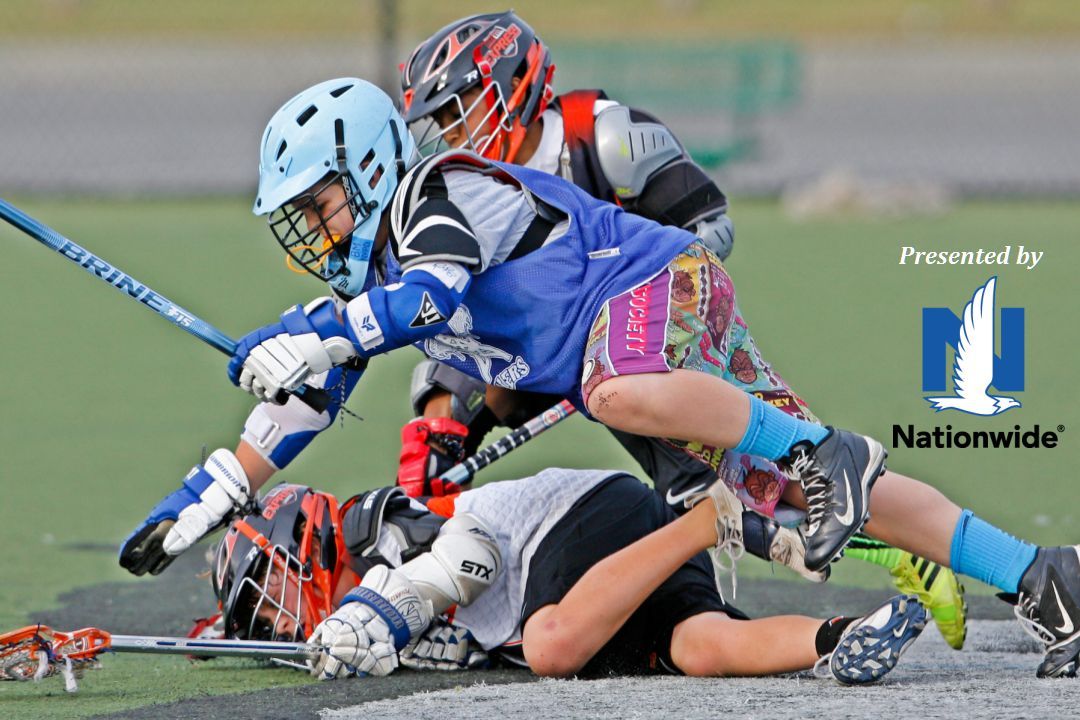Team sports can be a wonderful experience for youth participants, benefitting children physically, emotionally, socially, and intellectually. Learning new skills, building friendships, forming good fitness habits and working collectively with others towards a common goal are all positive outcomes associated with sports, including lacrosse.
But as a parent, you are also concerned about your child’s safety and well-being. There are many legitimate questions to be asked and answered when a youth player begins sports activity, including: does he or she have the appropriate protective equipment? Is my child being tutored by coaches who teach proper and age-appropriate techniques? Are games and practices appropriately monitored, supervised, and officiated?
As the national governing body of lacrosse, one of US Lacrosse’s highest priorities is a commitment to the safety and well-being of all participants. US Lacrosse offers six guidelines that all parents should consider to create the safest playing environment for youth.
1. Does my child’s team/league have a documented Emergency Action Plan (EAP)?
Having a pre-developed action plan is extremely valuable to the management and outcome of many types of emergencies, including adverse weather conditions such as lightning, severe injuries, and other unexpected situations. Issues that should be outlined in advance include: Who will be in charge? Is cell phone access available for 911 calls? Does local EMS know how to access the field?
2. Is there an automated external defibrillator (AED) available at practices and games?
One rare but potentially catastrophic injury in athletes that results in sudden cardiac arrest is commotio cordis. The most effective treatment for sudden cardiac arrest and, indeed, the only effective response to commotio cordis, is the timely delivery of a life-saving shock or defibrillation. Every team or program should have access to an AED in order to assure the safest possible environment for players, coaches, officials and spectators.
3. Is there a written Concussion Management Plan (CMP) that will be followed, if needed?
Concussions are an injury risk faced by players of all ages in all sports during games and practice. Coaches, administrators, trainers, and parents play a key role in helping to prevent concussion and in managing it properly if it occurs. Having a written concussion management plan is a recommended first step.
4. Have all coaches and volunteers passed a background check?
The most effective way to safeguard children against potential abuses and misconduct is to have all adult coaches and team volunteers submit to a confidential criminal background check. US Lacrosse policy is that any coach or volunteer that has a background check yielding a “red light” shall be deemed ineligible for certification, will lose membership, and shall be disqualified from active participation with youth.
5. Is my child using properly fitted and certified equipment?
Properly sized equipment that meets all applicable performance standards and certifications are an important component in minimizing the risk of injury. Some equipment is required; others are optional. Do you adhere to the manufacturer’s guidelines and requirements, which can include a suggested “shelf life” and other best practices?
6. Are your coaches and officials certified?
Coaches and officials that have completed comprehensive training, such as that provided by US Lacrosse’s Coaches & Officials Development Programs, are committed to the game’s highest standards. Coaches are taught how to provide a safe and athlete-centered atmosphere that emphasizes positive growth, skill development, and team concepts, while officials are equipped with the necessary knowledge and training to effectively manage games and maintain a fair and safe playing environment.
